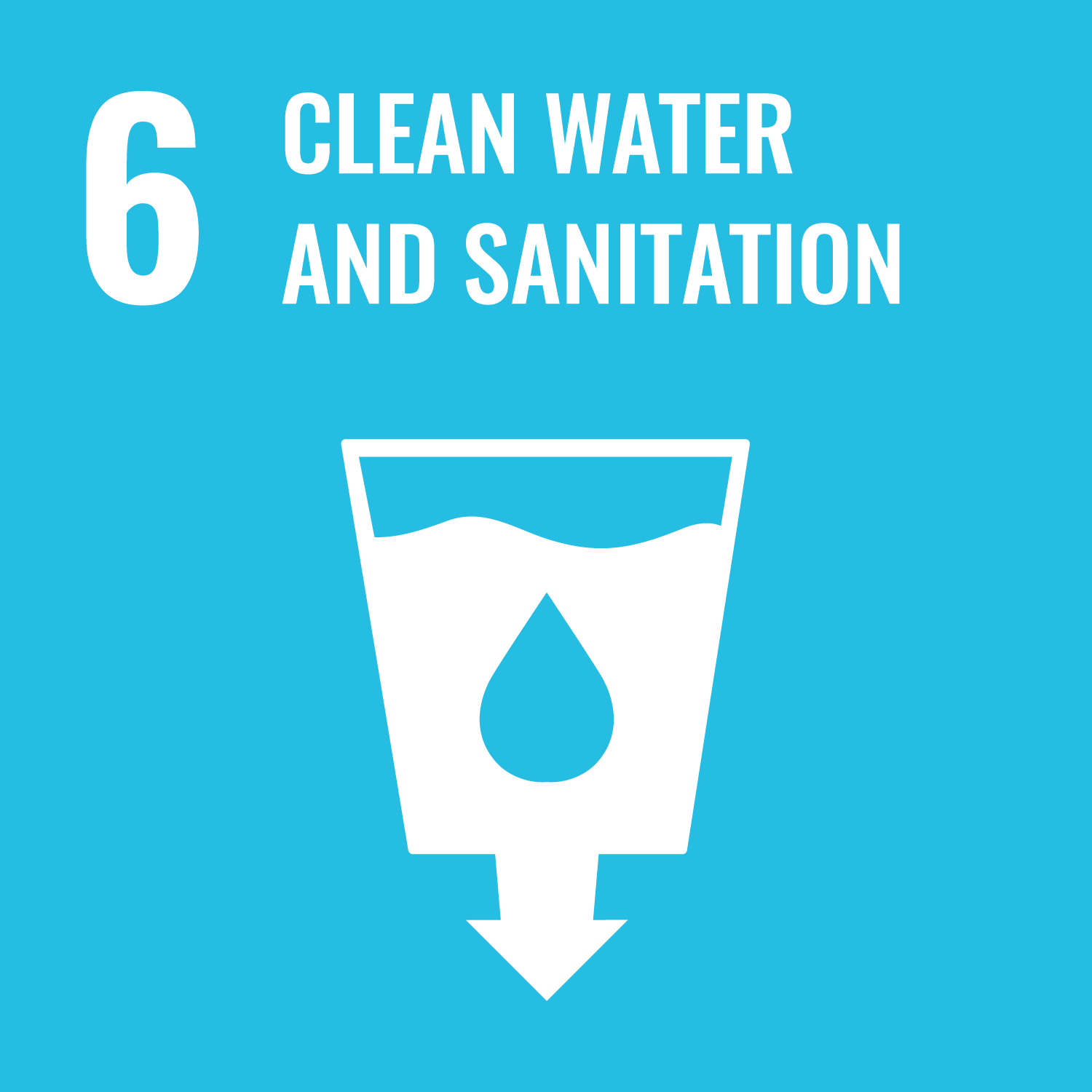

Preserving Water, Pond Liners for Sustainable Fish Farming.
Pond liners, made of materials like PVC or polyethylene, act as synthetic geomembranes, preserving water, enhancing biosecurity, and simplifying pond maintenance. They are adaptable to various pond sizes and shapes, with plastic liners being robust but slightly harder to install in smaller ponds.
This technology is TAAT1 validated.
Adults 18 and over: Positive high
Under 18: Positive high
Women: Positive medium
Climate adaptability: Highly adaptable
Farmer climate change readiness: Significant improvement
Biodiversity: Positive impact on biodiversity
Carbon footprint: A bit less carbon released
Environmental health: Moderately improves environmental health
Soil quality: Does not affect soil health and fertility
Water use: A bit less water used
The utilization of pond liners technology diminishes water seepage and evaporation, conserving water resources and encouraging responsible water management in aquaculture. It aids in mitigating the effects of climate change by reducing water loss and the accompanying greenhouse gas emissions. Moreover, it fosters biodiversity, sustainable fisheries, and terrestrial ecosystems by safeguarding water resources and advocating for sustainable land use practices.
To integrate these technologies into your project and outline the necessary activities and prerequisites, follow these steps:
Evaluate the project's needs related to water conservation and pond management.
Choose the suitable type of pond liner material considering factors such as soil composition, pond dimensions, and environmental factors.
Acquire the essential equipment for installing pond liners, including liners, adhesives, and seaming tools.
Ensure project staff receive thorough training on the correct installation and maintenance procedures for pond liners to ensure their effectiveness and durability.
Install the pond liners according to the guidelines provided by the manufacturer, ensuring proper sealing and alignment.
Engage a team of trainers to deliver comprehensive training and support during the installation phase. Budget for associated training and post-training costs.
Create communication materials to raise awareness about the benefits of the technology among stakeholders.
Collaborate with aquaculture organizations or stakeholders for effective implementation of these technologies within your country or region.
Sheet plastic
Open source / open access
Scaling Readiness describes how complete a technology’s development is and its ability to be scaled. It produces a score that measures a technology’s readiness along two axes: the level of maturity of the idea itself, and the level to which the technology has been used so far.
Each axis goes from 0 to 9 where 9 is the “ready-to-scale” status. For each technology profile in the e-catalogs we have documented the scaling readiness status from evidence given by the technology providers. The e-catalogs only showcase technologies for which the scaling readiness score is at least 8 for maturity of the idea and 7 for the level of use.
The graph below represents visually the scaling readiness status for this technology, you can see the label of each level by hovering your mouse cursor on the number.
Read more about scaling readiness ›
Uncontrolled environment: tested
Common use by intended users, in the real world
| Maturity of the idea | Level of use | |||||||||
| 9 | ||||||||||
| 8 | ||||||||||
| 7 | ||||||||||
| 6 | ||||||||||
| 5 | ||||||||||
| 4 | ||||||||||
| 3 | ||||||||||
| 2 | ||||||||||
| 1 | ||||||||||
| 1 | 2 | 3 | 4 | 5 | 6 | 7 | 8 | 9 | ||
| Country | Testing ongoing | Tested | Adopted |
|---|---|---|---|
| Benin | –No ongoing testing | –Not tested | Adopted |
| Côte d’Ivoire | –No ongoing testing | –Not tested | Adopted |
| Democratic Republic of the Congo | –No ongoing testing | –Not tested | Adopted |
| Ethiopia | –No ongoing testing | –Not tested | Adopted |
| Ghana | –No ongoing testing | –Not tested | Adopted |
| Kenya | –No ongoing testing | –Not tested | Adopted |
| Malawi | –No ongoing testing | –Not tested | Adopted |
| Mali | –No ongoing testing | –Not tested | Adopted |
| Niger | –No ongoing testing | –Not tested | Adopted |
| Nigeria | –No ongoing testing | –Not tested | Adopted |
| Rwanda | –No ongoing testing | –Not tested | Adopted |
| Senegal | –No ongoing testing | –Not tested | Adopted |
| Sierra Leone | –No ongoing testing | –Not tested | Adopted |
| South Sudan | –No ongoing testing | –Not tested | Adopted |
| Sudan | –No ongoing testing | –Not tested | Adopted |
| Tanzania | –No ongoing testing | –Not tested | Adopted |
| Togo | –No ongoing testing | –Not tested | Adopted |
| Uganda | –No ongoing testing | –Not tested | Adopted |
| Zimbabwe | –No ongoing testing | –Not tested | Adopted |
This technology can be used in the colored agro-ecological zones. Any zones shown in white are not suitable for this technology.

















| AEZ | Subtropic - warm | Subtropic - cool | Tropic - warm | Tropic - cool |
|---|---|---|---|---|
| Arid | ||||
| Semiarid | ||||
| Subhumid | ||||
| Humid |
Source: HarvestChoice/IFPRI 2009
The United Nations Sustainable Development Goals that are applicable to this technology.


Measure Pond Dimensions:
Prepare Liner Installation:
Seaming Two Sheets:
Ensure Watertight Seals:
Adhesive Application:
Calculation for Additional Material:
Last updated on 7 November 2025